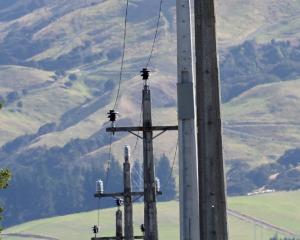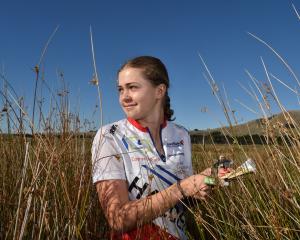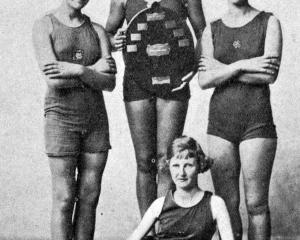City Sanctuary community ranger Zac Martin said more than 20 nesting boxes for riflemen (tītipounamu) had been installed in the reserve over the past two years
However, it was not until late last year — after modifications were made to the nesting boxes — that City Sanctuary volunteers found one in use.
The nest inside was believed to have now produced three fledglings, Mr Martin said.
City Sanctuary’s trail camera footage had captured parents bringing moths, caterpillars and bugs back to feed chicks inside.
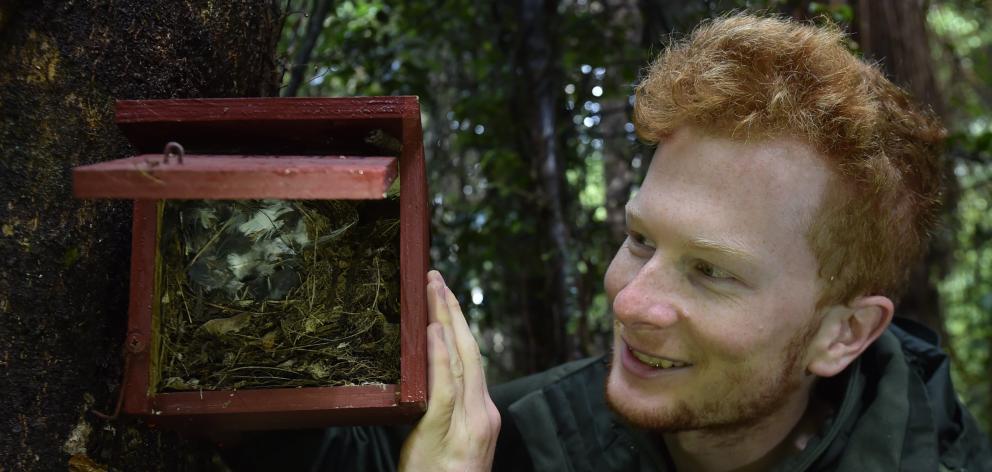
"It’s super cute and I think it’s really cool to get the ‘secret life of the birds’ insider peek into what their life is like."
University of Otago ecology student Oscar Thomas said aside from deep within mountain beech forests, riflemen, weighing no more than a $1 coin, were difficult to spot.
They were at Orokonui Ecosanctuary and they could be found at Swampy Ridge.
At Otago Peninsula, a successful nesting box programme had boosted numbers.
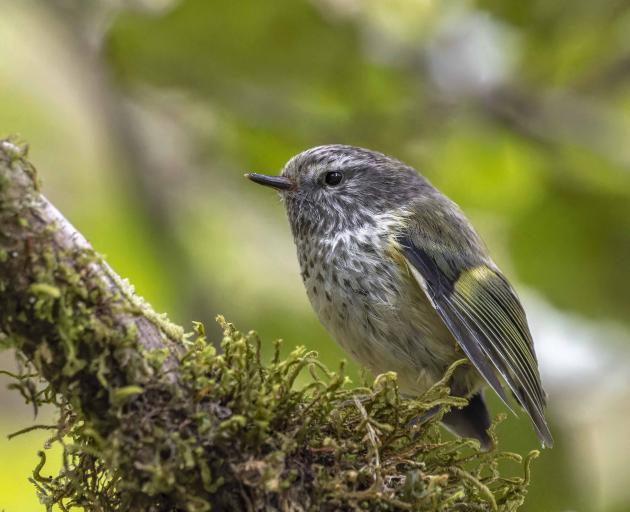
Naturally nesting in tree cavities, with one exit and entrance, the birds were at risk from predation.
"If a rat or something comes into a hole, it corners them and they can’t escape ... it’ll eat the eggs and the chicks and the adults.
"What these nesting boxes do is they give them a little bit more protection, because that hole is only just big enough for a rifleman to get in and out."
An attached washer at the entrance meant a rat could not chew its way into a nest, he said.
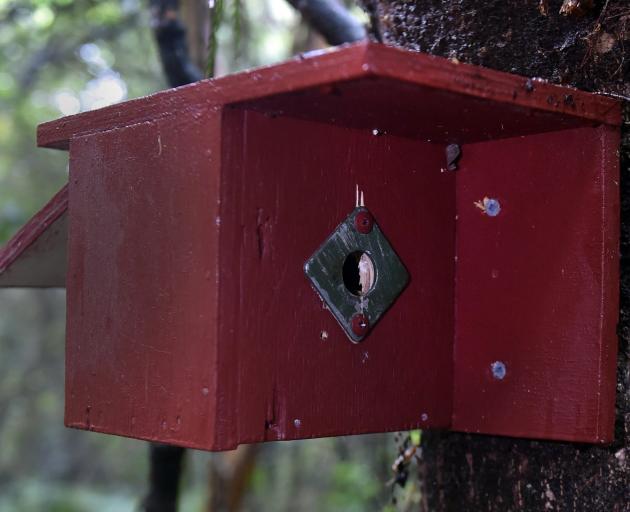
The washers were supposed to be 20mm in diameter rather than the 18mm in place.
It took the volunteers two Saturdays to retrofit the washers and on the second weekend, the first of the newly fitted boxes was found to be in use.
"Hopefully, this year, we’re looking forward to a lot more birds using the boxes," Ms Black said.


